Peers around the world: Creating dynamic and long-lasting interactive ecosystems
/Carol_Stewart_photo_by_CMooney_JBW4456_copy.jpg)
This month, Peers Around the World talks to Carol Stewart, Vice President, Tech Parks Arizona (USA). Carol sheds light on her personal highlight during her tenure at Tech Parks Arizona, her approach to strengthening university-industry interaction and what drives and inspires her outside of work.
Tech Parks Arizona works as an important economic engine for Tucson, helping to attract and grow new businesses and quality jobs. It also boasts the largest solar testing site in the US, but what is your personal highlight that you’d like IASP peers to know about Tech Parks Arizona?
I am proud to commemorate Tech Parks Arizona’s 30-year anniversary, marking three decades of advancing technology, economic prosperity, and community development. This is a testament to the dedication and collaborative efforts of leadership, tenants, and partners. I feel that we have developed a legacy of excellence through purpose-built environments and supporting companies of all sizes from startups to tech giants. In an ever-evolving market, we foster an environment where businesses can quickly pivot, expand, and succeed. We are shaping the future at the speed of business.
You spent over a decade working in the Canadian innovation ecosystem, spearheading the development of the David Johnston Research + Technology Park at the University of Waterloo before moving to a leadership role at Tech Parks Arizona. What lessons from your time in Canada have shaped your approach in the U.S., and how have you integrated these experiences to navigate any cultural or strategic differences between the two innovation ecosystems?
The famous quote by Prof. Albert Link (University of North Carolina at Greensboro), “If you’ve seen one research park... you’ve seen one research park,” holds true from Canada to the US and throughout the global network of areas of innovation. Creating a dynamic interactive ecosystem begins with a world-class team that is invested in their success. By providing comprehensive business assistance, innovative companies can focus on advancing their business while all their infrastructure and auxiliary needs are met.
What strategies do you believe prove most effective in strengthening the bond between academia and the commercial sector? What key takeaway from Tech Parks Arizona can you share that might help others navigate such a collaboration?
I take a multifaceted approach to the facilitation of university-industry interaction that involves fostering mutually beneficial relationships. Workforce development is a top priority. Establishing internship opportunities that provide mentorship and applied learning experiences often leads to employment offers before to student graduation. This addresses the number one concern that CEOs have, where do I find the talent that my company needs? Fostering joint research initiatives is also a win for both parties. It is important to build on the university’s research expertise and any specialized equipment available for testing and demonstrating new technology. For instance, the University of Arizona has significant engineering expertise and the equipment necessary to test high-speed equipment which is ideal for advanced hypersonic technologies.
We work with industry giant Raytheon to support both immediate and future R&D needs. The company hires a record number of University of Arizona graduates at all skill levels and has a strong internship. The company is deepening its engagement with our institution to accelerate technological advancement by leveraging the UArizona's wind tunnel facilities through faculty research contracts.
You’re a member of the Canadian Global Mentor Program. Can you recount a particularly rewarding experience as a mentor or advocate in the tech and innovation community? What did this experience teach you about leadership and community building?
As a proud Canadian, working in the State of Arizona for a Tier 1 Research university with $955 million in research last year, I spring into action when a successful company in Canada is ready to expand into the United States with 10 times the population. Our startup incubator is an accredited soft-landing program, so we have much experience in supporting companies from all over the world that want to settle their US headquarters in Southern Arizona.
Working with a female-founded company based in the province of British Columbia, with healthy baked goods that are free of the top 11 allergens and strong branded packaging, was my first matchup assignment. I shared my network of business, startup program, and food industry experts to create a US-based cabinet of specialized advisors for this entrepreneur to access this mega market. Her issue was not market demand, it was managing the pull from large retailers and outlets. Some might say that is a good problem to have. Support continues today with regular check-ins and problem-solving as needed. Mentorship is not time-limited and is a joy to watch the mentee’s growth and success from afar.
With the upcoming IASP North American Division event in Hamilton, Canada, what key issues do you anticipate will dominate discussions? What topics should be prioritised to address the current needs and future directions of the STP and AOI community in the region?
It is imperative to be future-focused and I see great value in fostering business growth that aligns with a region’s dominant sectors. The upcoming IASP conference in Hamilton will focus on the Power & Pain of Clustering. The conference will explore the latest trends, challenges, and opportunities in the development of clusters in the science and technology sectors.
I also believe that activating spaces and creating environments for collaboration is an ever-evolving component of STPs and AOIs. Creating a sense of community nurtures innovation and drives economic prosperity in the region. Additionally, it supports talent attraction and retention strategies that are critical to business location and expansion decisions.
Beyond your professional life, what drives and inspires you outside of work? Could you share a passion or interest that has significantly shaped your character or approach to leadership?
One of the only luxuries I have allowed myself over the past 20 years is the time I carve out for my co-ed volleyball team, the Speed Bumps, they are some of my dearest friends and fuel my fierce competitive spirit. In volleyball, much as in business, my role is a setter, and set people up for success.
/)

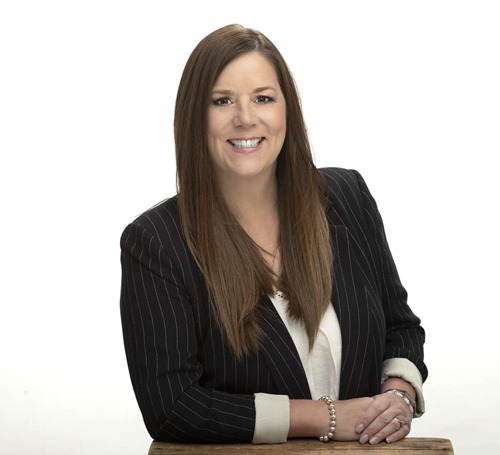
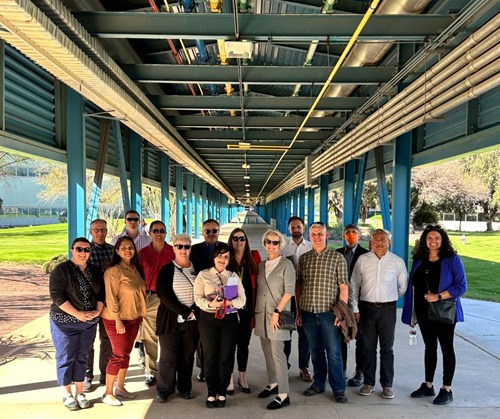
.jpg)
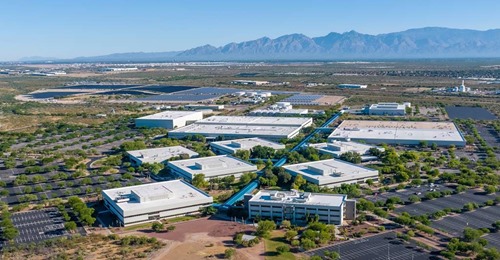
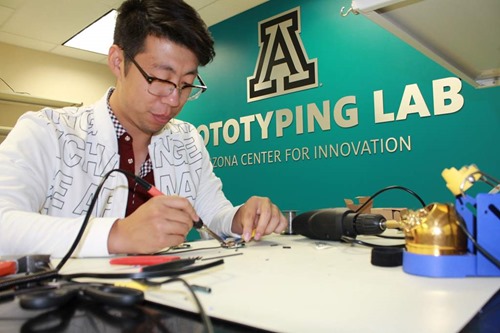
.jpg)
.jpg)
.jpg)
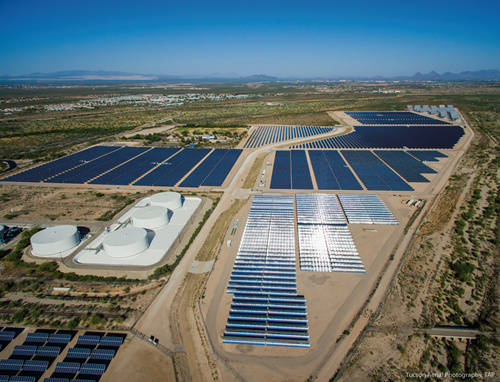
/canvascolor(0xffffffff)/2024_01_09_Logo_Business_Turku_2.png)
/canvascolor(0xffffffff)/a199d804-8c21-4ac9-8368-397e365fbc80_13.jpg)
/canvascolor(0xffffffff)/UC-KALARY_5.png)
/canvascolor(0xffffffff)/MemberLogo-55602-27601.jpg)
/canvascolor(0xffffffff)/2017_10_26_Portugal_Madan_Parque.jpg)
/canvascolor(0xffffffff)/Identificador_Visual.png)
/canvascolor(0xffffffff)/Untitled_11.jpg)
/canvascolor(0xffffffff)/2025_02_18_China_Nanjing_Gulou_Hi-Tech_Industrial_Devt_Zone.png)
/canvascolor(0xffffffff)/2018_03_30_Canada_Technoparc_Montreal.png)
/canvascolor(0xffffffff)/logo-scipark_2.png)
/canvascolor(0xffffffff)/_______logo_1.png)
/canvascolor(0xffffffff)/2022_01_26_Spain_PCT_Tenerife.jpg)
/canvascolor(0xffffffff)/2018_10_31_Canada_Quebec_International.png)
/canvascolor(0xffffffff)/2019_11_22_India_IKP.jpg)
/canvascolor(0xffffffff)/2021_Spain_PCT__lava.png)
/canvascolor(0xffffffff)/2020_10_23_Spain_Malaga_TechPark_PTA.jpg)
/canvascolor(0xffffffff)/buildings2_7.png)
/canvascolor(0xffffffff)/KENNISPARK-TWENTE_FC-LOGO-1-800x220_1.png)
/canvascolor(0xffffffff)/2019_08_30_UK_Here_East.jpg)
/canvascolor(0xffffffff)/MemberLogo-5506-5906.jpg)
/canvascolor(0xffffffff)/Clipboard-2.jpg)
/canvascolor(0xffffffff)/logo_tracom-1_1.png)
/canvascolor(0xffffffff)/JOIST_Innovation_Park_Logo_-_White_1.png)
/canvascolor(0xffffffff)/BizMaker_payoff__grey_1.png)
/canvascolor(0xffffffff)/2017_07_31_University_of_Iceland.jpg)
